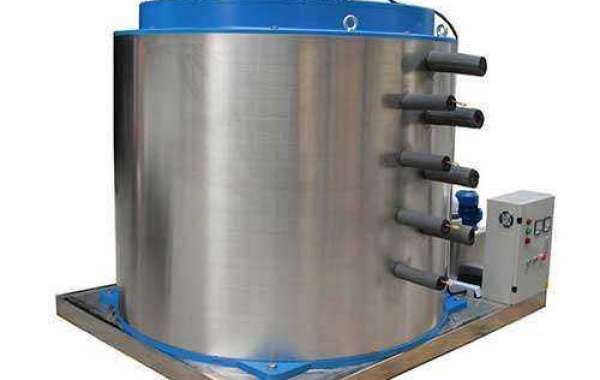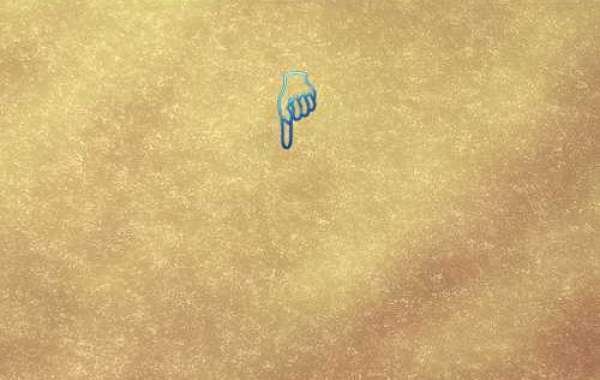What's the Main Difference Between Evaporator Condenser Coils?In the muggy Michigan summers, a problem with your air conditioner’s evaporator or condenser coils could leave you very uncomfortable. Knowing how each of your coils work, however, can help you troubleshoot the problem for DIY or professional service.
Throughout the cooling cycle, refrigerant (coolant) cycles through the air conditioner components, absorbing heat from the house and releasing that heat outside. The evaporator coil contains cold refrigerant that absorbs heat from your air. The condenser coil is where the refrigerant goes to get rid of this heat so it can can come back to absorb more.
Your Evaporator Coil: The Cold Side
The evaporator coil is located indoors, inside or near your air handler. This set of pipes is bent into continuous U-shapes and place behind many small, thin metal strips called fins. Right before the evaporator coil is an expansion valve. This valve receives high-pressure liquid refrigerant from the outdoor condenser. It relieves the pressure on the refrigerant, further cooling it. The cold liquid refrigerant then flows into the evaporator coil.
As your air handler’s blower fan blows air across the coil, the cold refrigerant absorbs heat from the air and causes moisture in the air to condense into water. The water drips down into the condensate drain, then moves outdoors. The now cool, dehumidified air flows into your ducts and out to your rooms.
Your Condenser Coil: The Hot Side
Your condenser coils are inside your outdoor unit along with the compressor and related pipes and valves. Hot, gaseous refrigerant flows from the evaporator to the compressor, which pressurizes the gas and sends it to the condenser coils. As the hot refrigerant gas flows through the pipes of the condenser coils, the outdoor unit’s fan blows air across the coil. This cools the refrigerant, so it condenses back into a liquid. The liquid refrigerant flows through copper pipes back into the house to start another cooling cycle and remove more heat from your home.







